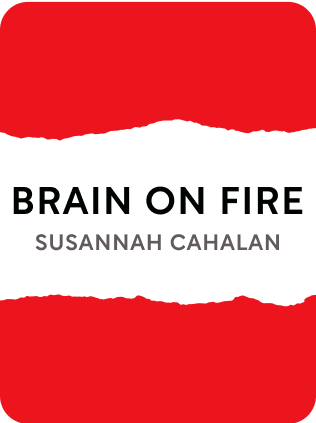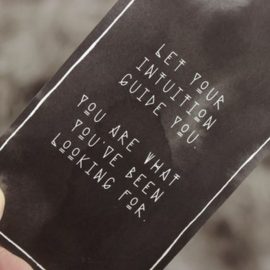

This article is an excerpt from the Shortform summary of "Brain On Fire" by Susannah Cahalan. Shortform has the world's best summaries of books you should be reading.
Like this article? Sign up for a free trial here .
What is the anti NMDA receptor encephalitis clock test? How did it help diagnose Susannah Cahalan?
The anti NMDA receptor encephalitis clock test is used to diagnose the condition. Patients can’t properly draw a clock face due to the inflammation in their brains.
Read about the use of the anti NMDA receptor encephalitis clock test and how it helped diagnose Susannah Cahalan.
Trying Every Test
Before the anti NMDA receptor encephalitis clock test, doctors had tried many things. The IVIG injections aren’t working. The situation continues to go downhill. Susannah’s chewing motions, staring episodes, and zombie arm movements become more frequent, even as every test comes back negative.
Dr. Siegel is no longer on the case, and Dr. Najjar hasn’t even shown up. The mysterious Dr. Najjar finally shows up, to the excitement of Susannah’s family. Dr. Najjar is the one who suggests the anti NMDA receptor encephalitis clock test.
His bedside manner is personal and heartfelt. Explaining that in order to see the future, it’s necessary to look backward, he asks Susannah’s parents for a full medical history. He particularly notes symptoms the other doctors hadn’t explored: her bedbug phobia, numbness and tingling in her hands, her faster heart rate. He addresses Susannah directly, as if he’s speaking with a friend rather than a patient.
Najjar begins a series of bedside tests before suggesting the anti NMDA receptor encephalitis clock test. Susannah responds monosyllabically, with a significant lisp. Her reflexes are bad, her pupils don’t constrict properly, and she can’t touch her hand to her nose. She walks stiffly, with delays between steps, angling toward her left side. He concludes that she’s hellishly catatonic.
The Anti NMDA Receptor Encephalitis Clock Test
But then he has an idea: the anti-NMDA-receptor enecephalitis clock test. Ripping a sheet of paper from his notebook, he hands it to Susannah and asks her to draw a clock. At first, Susannah can’t draw a circle and has to ask for another sheet of paper. She draws a circle and outlines it three times. Then Najjar asks her to fill in the numbers.
Susannah desperately tries to remember what a clock looks like. She begins writing the numbers down, getting stuck on one, drawing another several times. Finally, she gets them all filled in.
The sight of Susannah’s drawing from the anti NMDA receptor encephalitis clock test makes Najjar so ecstatic that he nearly applauds. Susannah’s parents stare at him in confusion: Susannah has squished all the numbers into the right side of the circle. The left side is completely blank. Najjar explains to them that Susannah’s test provides concrete evidence that the right side of her brain is inflamed.
In the brain, the right hemisphere is responsible for the left field of vision, and the left hemisphere is responsible for the right field of vision. When the right hemisphere is impaired, the patient will not “see” on the left side.
This is not to say that the patient is blind on the left side. The left eye is still receiving visual information and sending it to the right hemisphere to process, but the right hemisphere can’t process it correctly. Doctors call this “visual indifference,” as if the right side of the brain just doesn’t care about the left side of the world.

———End of Preview———
Like what you just read? Read the rest of the world's best summary of Susannah Cahalan's "Brain On Fire" at Shortform .
Here's what you'll find in our full Brain On Fire summary :
- How a high-functioning reporter became virtually disabled within a matter of weeks
- How the author Cahalan recovered through a lengthy process and pieced together what happened to her
- How Cahalan's sickness reveals the many failures of the US healthcare system






